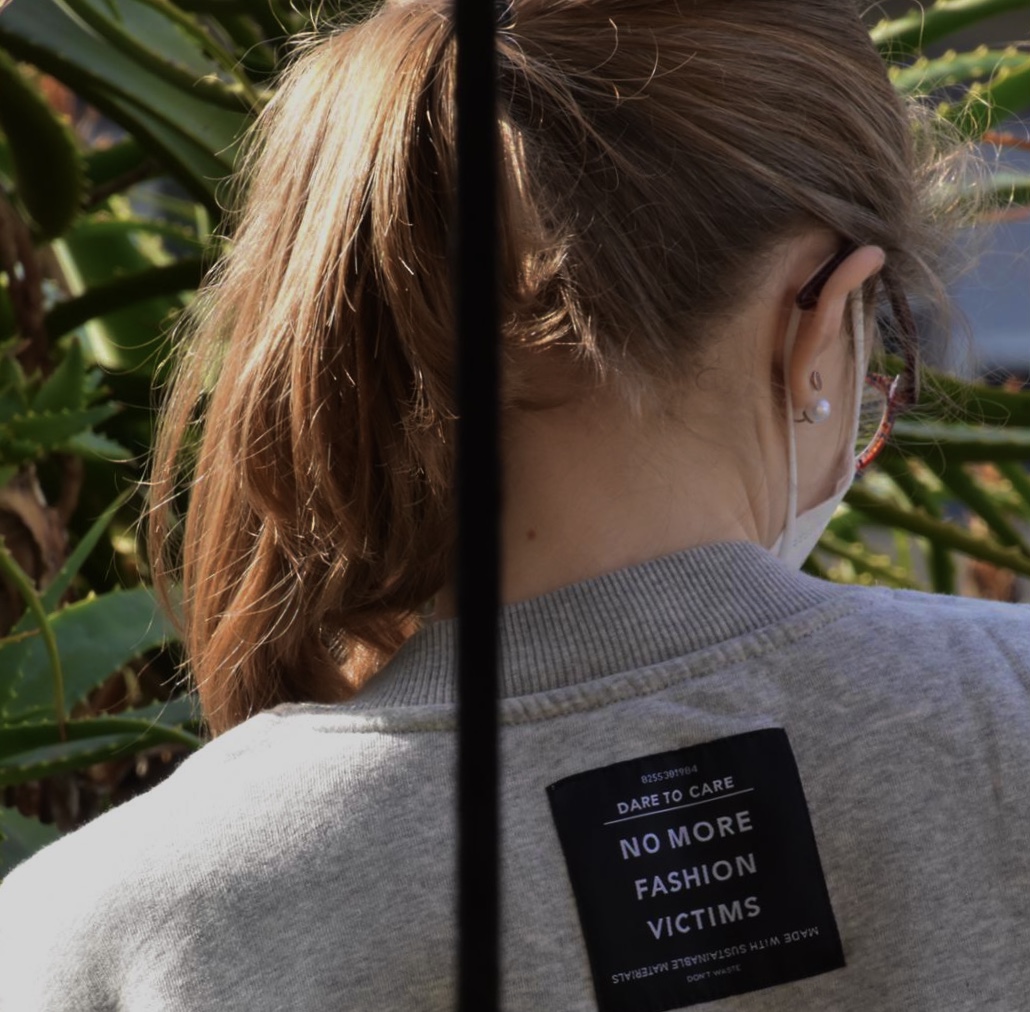The term “fast fashion” has been coined in New York in the late 1990s by “The New York Times”, which used these words to describe the impressive fast production of many clothes brands who took over high street fashion. Nowadays it implies a marketing method focused on the rapid manufacturing of inexpensive clothing by mass-market retailers in response to the latest trends. Actually, instead of restocking products, brands create new items that make consumers want to buy more and get rid of whatever they had recently purchased. This maximalist lifestyle that most of us unknowingly live results in tons upon tons of textile and water waste, unsafe working conditions and an irresponsible use of source materials as well as the use of toxic ones. Indeed, in order to produce a mass amount of clothing at such a low-price, brands turn to sweatshops, which are workplaces where manual workers, who are mostly children aged 5-14 that live in third world countries, are employed at very low wages for long hours and under harmful conditions. Also, according to “The Ethnical Fashion Guide 2019”, 68% of fast fashion brands do not maintain gender equality at production facilities and women often happen to face sexual harassment and discrimination when working in shops. Is not even allowed them to take maternity leaves.

How does this type of production effect the planet? First of all, according to “The UN environment 2019” and “The state of fashion of McKinsey 2020”, the fashion industry produces 10% of all humanitys carbon emissions and fast fashion alone emits 1.2 billion tons of CO2 equivalent per year, which corresponds to about 5% of global emissions. To put that in perspective, these are more than the ones produced by air travel and international shipping combined.

In addition to that, the fashion industry is the second largest consumer of the world’s water supply; it uses about 80 billion cubic meters of fresh water, which in turn creates about 20% of global water waste. According to “McKinsey 2020” and “Forbes 2015”, the production of textiles also employs about 3500 different chemicals to manufacture dyed code and soften fabrics. Those are not only harmful to our planet but also to us, since part of them often ends up in our waterways and oceans. Shockingly, 63% of clothes are made from Petro chemicals, which are basically plastic; therefore, fast fashion is a huge contributor to the plastic pollution of our planet. What can we do about it?
Well, everyone in his daily can help to reduce this process by, for example, consuming less, or buying thrifted items, which will contribute on avoiding waste and the consequent pollution.
Baratta Ida, Biondi Pierfrancesco, III I
